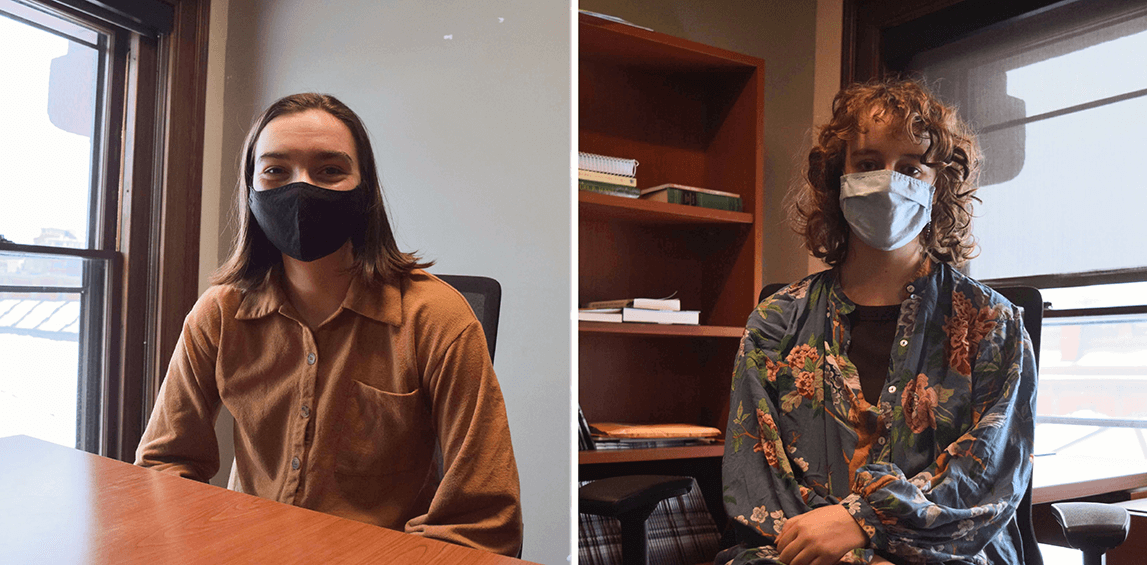Town governments in Vermont are predominantly run by older, white men, and women typically serve in secretarial roles, according to research by a group of interns for the Center for Research on Vermont.
A trio of students — Patrick Conway, Charlotte Crum and Lucy Heisey — made up the team, and spent the summer months collecting data and surveying officials – collecting data from more than 500 officials. (See VT Digger story here).
“It was just really interesting to learn more about Vermont town government, how it works, a lot of the issues that these small towns are facing and then also the successes that they're having,” said Crum, a junior majoring in statistics and psychological science. “It was really cool to be involved with that this summer.”
She had been searching for a summer internship last spring when the opportunity appeared. The report’s publication this fall drew attention from news outlets across Vermont. But that victory lap came after months of work.
The team faced few problems creating their survey to give to town leaders, but things got harder when they actually reached out to folks.
“I think the hardest part was finding all the contact information and then not receiving responses from a lot of the people,” said Heisey, a junior political science major. “So it was like, do we even have the right contact information? Is this even who we should be reaching out to? A lot of people didn't want to respond to us or we'd get responses back like, who is this?”
But the data from those who did respond proved insightful. The data showed that most town governments in Vermont are run by older people: Nearly half of the respondents were over 60 years old. Almost 98% of the respondents identified as white.
Notable to the student researchers was the gender dynamic they found. Two-thirds of selectboard members were men, as were three-quarters of town managers and administrators — positions that typically hold more decision-making power in towns.
Women on the other hand made up most of the town clerks, at around 80%. The trend fell in line with longstanding ideas about gender and power. And on the age front, it’s maybe unsurprising: Census officials in 2012 estimated that nearly a third of Vermont’s population would be 60 or older by 2030.
“There can be a lot of barriers in the way of getting that (demographic) more equally distributed on a town by town basis,” Crum said. “But I think also getting younger people involved may impact how that gender distribution falls out.”
The Center for Research on Vermont coordinates multidisciplinary internships for students in the College of Arts and Sciences.
Masha May is a first year studying science.
